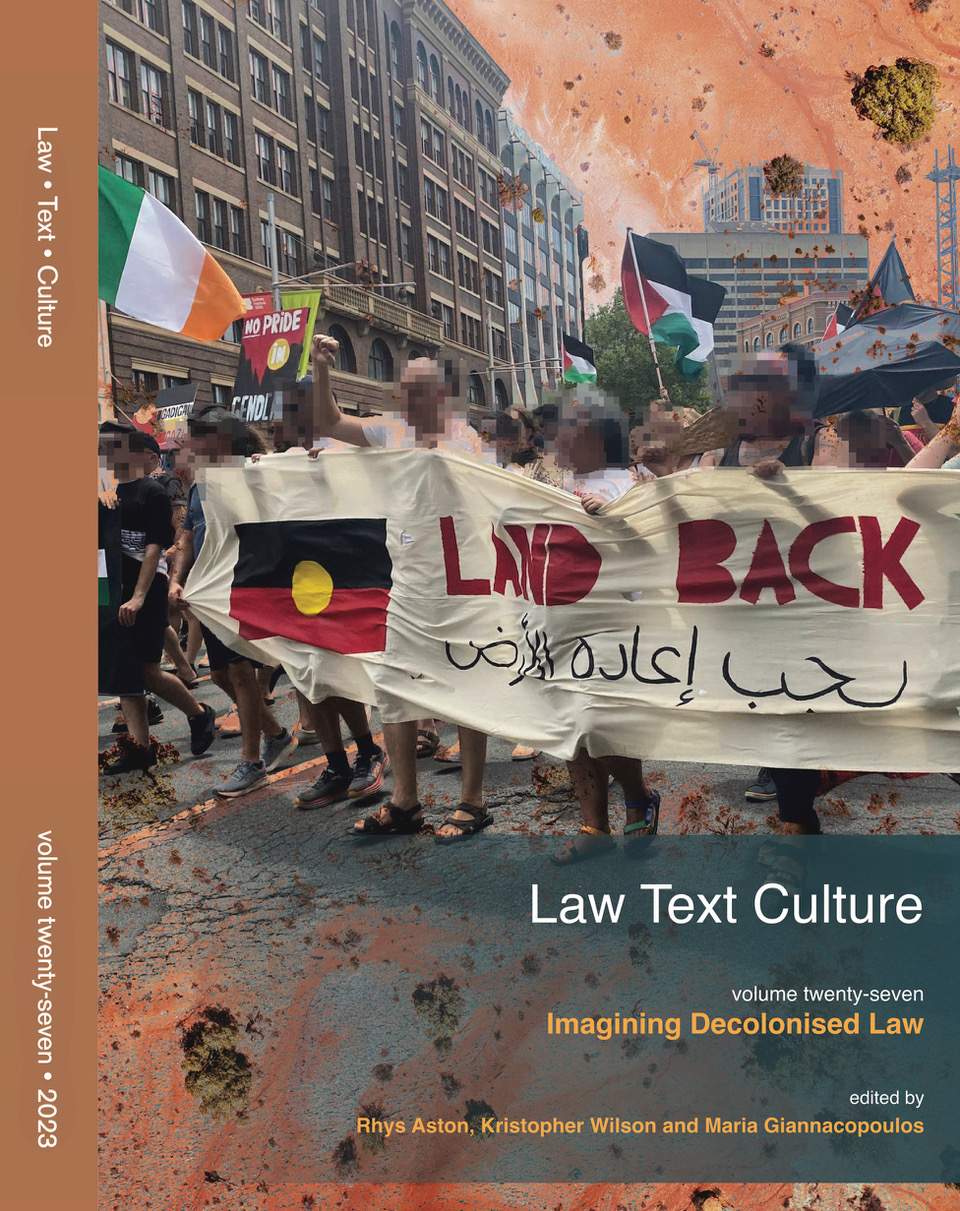Abstract
In this paper, I take up de Certeau's invitation to attend to the spatial practices that 'secretly structure the determining conditions of social life' (1984: 97). I do so conscious of Moran's reminder that 'the corporeal is never far away from the spatial themes of law' (2003: 91), and Eisenstein's assertion that to become more specific 'is actually to encompass more of humanity'. (1994: 4). Practices of democracy (and practices of justice) presume and implicate very specific kinds of spaces and bodies. In attempting to re-imagine democracy, Eisenstein suggests that we focus on the body of the pregnant woman, a body that has been the object of extensive analysis and regulation. The shifting and blurred boundary between the woman and the life she carries is the subject of contestation (Fried 1990). The body of the woman is characterised by some as permeable, by others as inviolable. The foetus is sometimes conceptualised as part of the woman's body, at other times as merely enclosed within her body, and the discussion often turns to contests of rights between mother and foetus (Thomson 1986). Always marked by race, class, and ability, the pregnant body is sometimes celebrated, sometimes reviled (Solinger 1992).
How to Cite:
Johnson, R., (2005) “Blurred boundaries: a double-voiced dialogue on regulatory regimes and embodied space”, Law Text Culture 9(1). doi: https://doi.org/10.14453/ltc.538
Downloads:
Download PDF
View PDF
357 Views
427 Downloads

